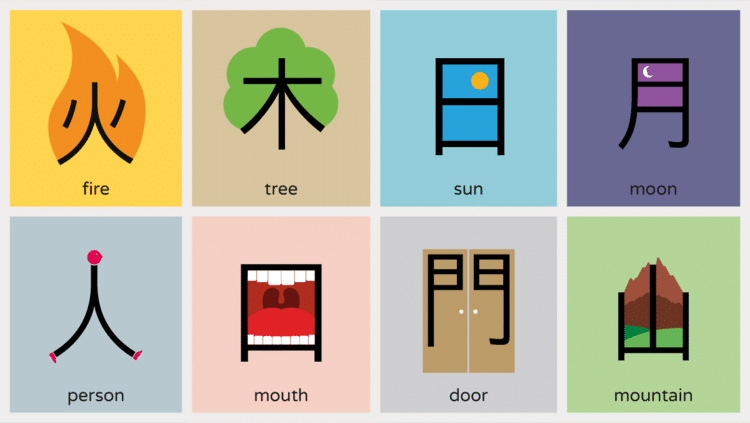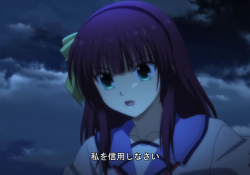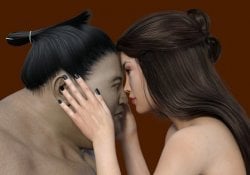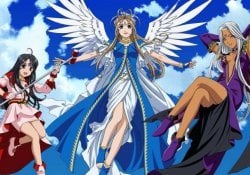Ever wondered what a pictographic kanji is? How can understanding the pictography of an ideogram help you learn Japanese or even Chinese? In this article, we are going to talk a little about the pictography of a kanji in the Japanese language. For those who don't know, the ideograms used in the Japanese language appeared in China throughout human history.
The origin of Chinese ideograms is unknown because they go back 2000 years BC (before Christ). The only certainty we have is that many Chinese and Japanese characters are actually pictograms. That is, representation of images, drawings that represented the word and were simplified over time.
Japanese kanji are mostly pictographic, thus representing some kind of image that is visually similar to a real-life object. If we take this into account, it may be easier to learn Japanese and Chinese.
Índice de Conteúdo
Pictogram x Ideogram
In Japanese we call them all kanji or ideograms, but there is a small difference between pictographic kanji that can only be called pictograms. A pictogram is called a shoukei [像形] where [像] means image, figure, portrait and [形] means form and style.
An ideogram can be called a shiji [指事] where [指] means to indicate and point out, while [事] means importance, reason and fact. That is, a pictogram is literally an image (picture) while an ideogram conveys the meaning of an idea. Ideograms are symbols that represent an idea and not an image.
This does not mean that an ideogram that is in the shiji category does not convey a pictographic idea. For example, the ideograms up [上] and down [下] are not pictograms but give a very logical idea of an arrow pointing up and down.

Kanji go beyond pictograms
It's easy to look at a simple ideogram and see that it's a pictographic kanji (木火人). But there are other ideograms that don't make as much sense as pictograms (気魚言), but they all have a reason and a long history behind their representation. Others are junctions as in the case of forest and woods (森).
This pictographic concept of representing scenes and figures by complex symbols need not be entirely literal. The purpose of the other ideograms is to express an idea through a symbolic form or change of pictograms. Knowing the pictograms, we will be able to understand the meaning of different ideograms even without knowing their readings or their pictographic logic.
Knowing all the pictograms and pictography of a Japanese ideogram will make our learning Japanese and Chinese less tedious and more practical. Learning the pictograms also involves learning the radicals of a kanji, their writing order, and the countless ideas and synonyms they want to convey.
The truth is that not every ideogram is a pictogram, but they all have some connection, either by sound or by inheriting a pictographic radical. Some may not find it productive to learn the few pictographic ideograms that exist, but knowing them will open the door to thousands of advanced-level kanji that use pictograms somewhere.

Pictographic Kanji Books
Even though our Roman alphabet is not a pictogram, many still use our letters to create books teaching children to learn words in a certain language. This works much better in Japanese and Chinese where the ideograms or kanji are pictographic.
The RTK method (Imagining Kanji to Learn) uses the idea of pictography well, even though the kanji is not a pictogram. Some even use this pictographic method to learn hiragana and katakana using real background drawings. For this purpose, I have separated some books related to pictograms for you to take a look at:





